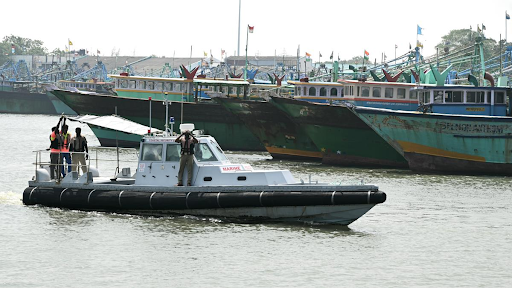



The Global Cybersecurity Outlook 2025, released by the World Economic Forum, highlights growing cyber threats to critical infrastructure, exacerbated by geopolitical tensions, technological advancements, and cybercrime. It underscores issues like cybersecurity readiness, the skills gap, and regulatory complexities, while advocating for strategic investment, collaboration, and addressing AI-related risks to strengthen resilience.

Disclaimer: Copyright infringement not intended.
According to the new report Global Cybersecurity Outlook 2025 released by the World Economic Forum (WEF), cyber threats pose significant risks to critical infrastructure that depends on networks of interconnected devices and legacy systems.
Issue |
Details |
Examples |
|
Geopolitical Conflicts |
Ongoing conflicts, such as the war in Ukraine, have increased cyber vulnerabilities in critical sectors like energy, telecommunications, and nuclear power. |
Increased vulnerabilities due to geopolitical conflicts. |
|
Complexity in Cybersecurity |
The increasing complexity of cybersecurity as technology evolves. |
Growing challenges due to technological advancements. |
|
Cybersecurity Readiness |
Two-thirds of organizations expect AI to impact cybersecurity, but only one-third have the necessary tools to assess AI-related risks. Smaller organizations face significant challenges. |
Only one-third of organizations have tools to assess AI-related cybersecurity risks. |
|
Cyber Skills Gap |
A significant shortage of cybersecurity professionals. |
4.8 million cybersecurity professionals missing by 2024. |
|
Supply Chain Interdependencies |
More than 50% of large organizations see supply chain complexity as a barrier to cyber resilience. Concerns include third-party software vulnerabilities, cyberattacks, and challenges in enforcing security standards. |
Over 50% of large organizations report supply chain complexity as a barrier to cyber resilience. |
|
Sophistication of Cybercrime |
Cybercriminals are using generative AI tools for more personalized and automated attacks, such as phishing and social engineering. |
42% of organizations experienced phishing and deepfake attacks in 2024. |
|
Regulatory Challenges |
Many organizations find cybersecurity regulations complex, causing compliance issues. |
70% of organizations find cybersecurity regulations too complex to comply with. |
READ ABOUT
About Global Cybersecurity Index 2024
Source:
|
PRACTICE QUESTION Q.With the increasing frequency and sophistication of cyberattacks globally, how do you assess the cybersecurity challenges and risks expected to emerge by 2025? Discuss the role of international cooperation, technological advancements, and policy frameworks in addressing these challenges. (250 words) |





© 2025 iasgyan. All right reserved